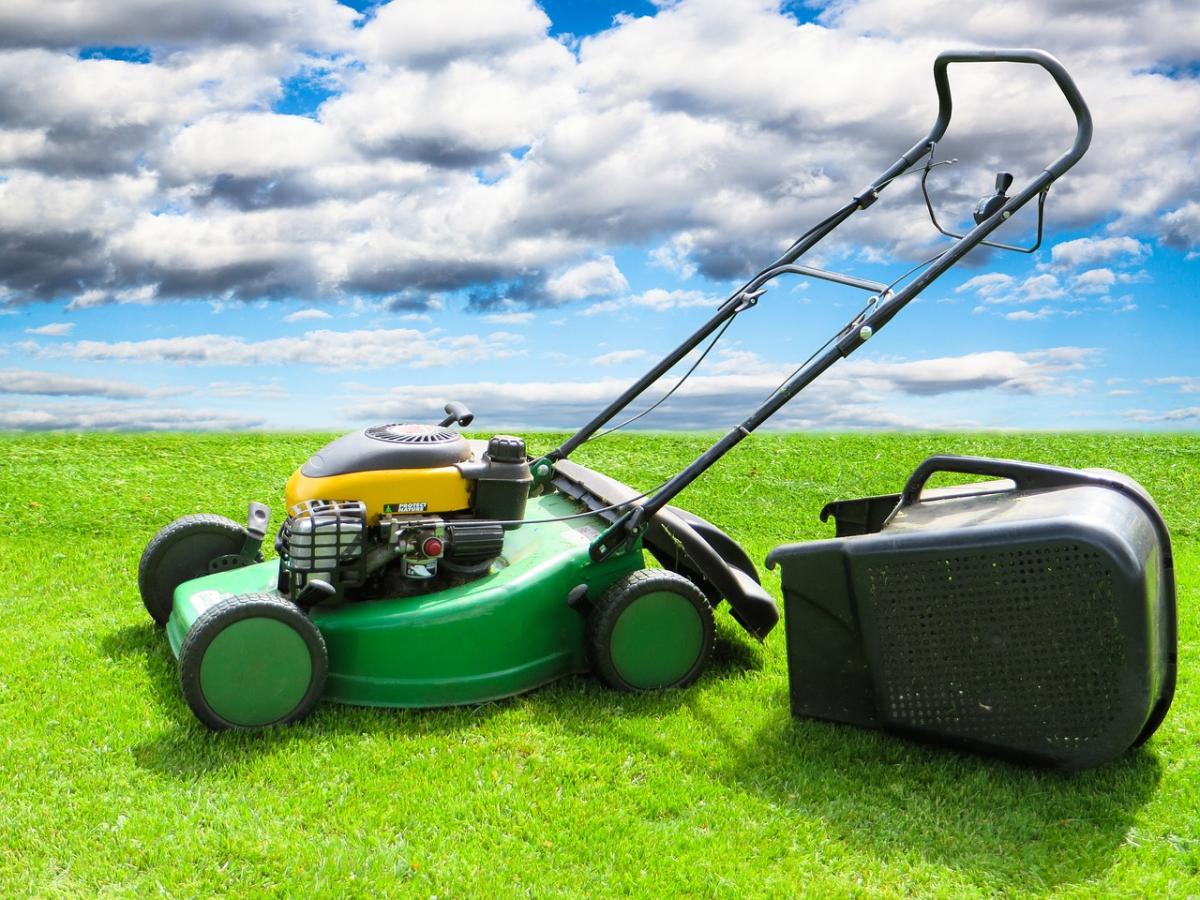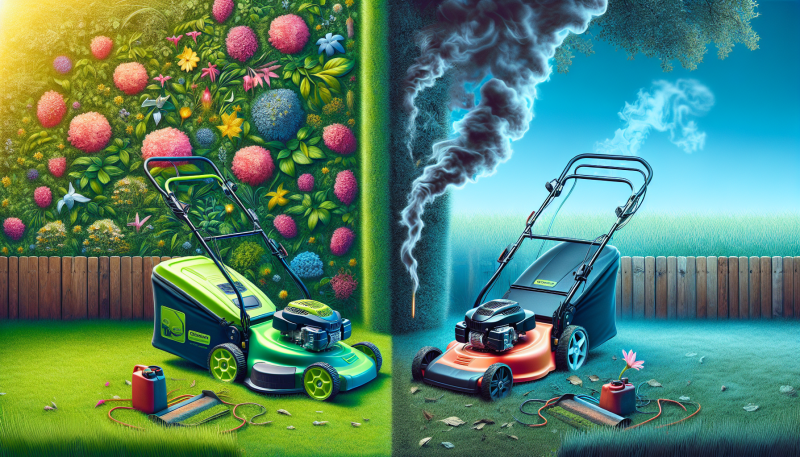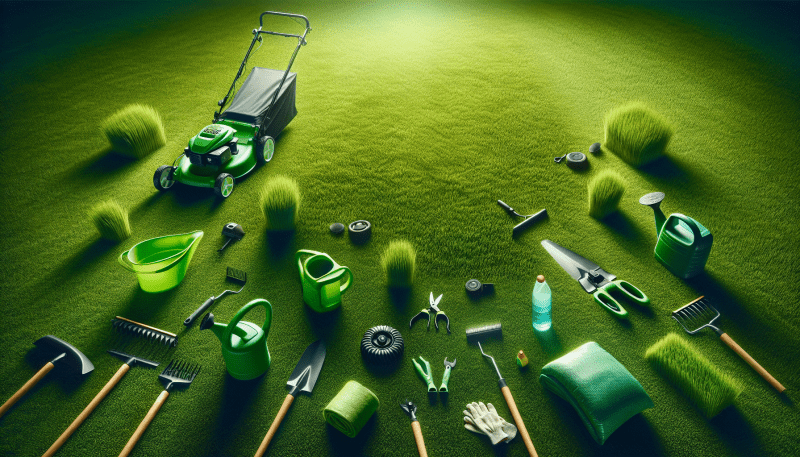Choosing the right grass type is key to achieving that lush green lawn you’ve always dreamed of. Different types of grass perform better in different climates, so it’s vital to pick one that’s suited to where you live. Let’s break it down!
If you’re in a cooler region, consider cool-season grasses like Kentucky bluegrass or tall fescue. These grasses thrive in lower temperatures and spring to life when the weather cools down. They tend to stay green longer in the fall and can handle cold winters.
On the flip side, if you’re basking in warmer weather, warm-season grasses like Bermuda or Zoysia grass would be your best bet. These grasses are super heat-tolerant and establish a dense lawn during the hot summer months. Plus, they usually go dormant in winter, meaning less maintenance for you!
But wait, it’s not just about the weather. Consider how much foot traffic your lawn will endure. If you have kids playing or pets running around, you might opt for a more durable type, like Perennial Ryegrass, which can withstand some wear and tear while still looking great.
Take a good look at your yard and what conditions it offers: full sun, partial shade, or maybe a bit of both. Picking the right grass type means you’ll spend less time nurturing and more time enjoying your beautiful, vibrant lawn!
Watering Tips for a Thriving Lawn
Keeping your lawn looking lush and green doesn’t have to be complicated, but proper watering is key. Here are some simple tips to help you water your lawn effectively.
Know When to Water. Early morning is the best time to water your lawn, ideally between 6 AM and 10 AM. This allows the grass to soak up moisture before the heat of the day kicks in. Watering in the evening can lead to damp grass overnight, which might invite pests and diseases.
Water Deeply, Not Frequently. Aim for about an inch of water per week, including rainfall. Instead of giving your lawn a little sprinkle every day, water deeply a couple of times a week. This encourages the grass roots to dig deeper into the soil, making your lawn more resilient during dry spells.
Check the Soil Moisture. Before watering, check if your lawn really needs it. Stick a finger into the soil about an inch deep. If it feels damp, hold off on watering. Overwatering can drown the roots and lead to a patchy lawn.
Use the Right Tools. A good sprinkler or irrigation system can make watering a breeze. Consider getting a timer to automate your schedule. This way, you won’t have to remember to water, and your lawn will get just the right amount of moisture it needs!
Essential Lawn Care Tools You Need
When it comes to achieving that lush green lawn you’ve always wanted, having the right tools in your arsenal is key. Here are some essential lawn care tools that can make your life easier and keep your yard looking fantastic.
Lawn Mower: This is the star of your lawn care toolkit. A good lawn mower helps you maintain a clean, even cut, which is crucial for healthy grass. You can choose between gas and electric models depending on your preference. Just make sure it’s easy to maneuver; you’ll want something that makes mowing a breeze, especially on those hot summer days.
Rake: Don’t underestimate the power of a simple rake! It’s perfect for clearing leaves and debris that can smother your grass. Look for a rake that feels comfortable to use. A lightweight option works well for those bigger jobs when you're clearing out your yard.
Garden Hoes and Shovels: These tools play a vital role in maintaining the edges of your lawn and digging up any pesky weeds. Having good-quality hoes and shovels can help you keep your garden beds tidy and make planting new flowers or shrubs super easy.
Spray Nozzle or Hose: A reliable spray nozzle or hose is a must-have for any lawn care enthusiast. This tool makes watering easy and efficient, ensuring all areas of your lawn get adequate moisture. Look for options with adjustable settings, so you can switch from a fine mist to a strong stream depending on your needs.
Simple Fertilizing Techniques for Growth
Fertilizing your lawn doesn't have to be complicated. With just a few simple techniques, you can achieve a lush, green lawn in no time! Let’s break it down into manageable steps.
First off, timing is everything. Early spring and fall are the prime times to fertilize. This is when your grass is most actively growing, so applying fertilizer during these seasons helps boost growth. If you apply it when the grass is dormant, you won't see the results you’re hoping for.
Next, decide on the type of fertilizer that suits your lawn best. There are two main options: quick-release and slow-release fertilizers. Quick-release gives your grass an instant boost, perfect for a quick green-up. On the other hand, slow-release provides nutrients over time, which can be more beneficial in the long run. Pay attention to your lawn's specific needs and choose accordingly!
Applying the fertilizer evenly is crucial. You can use a spreader for an even application, or go old school with a hand-held option if your lawn isn’t too big. Just make sure to follow the recommended amounts—more isn’t always better. Over-fertilizing can burn your grass and create more problems than it solves.
Don’t forget to water your lawn after fertilizing! This helps to activate the nutrients and ensures they reach the roots effectively. Watering after application also minimizes the risk of burning the grass. Just a nice, even watering will do the trick!



